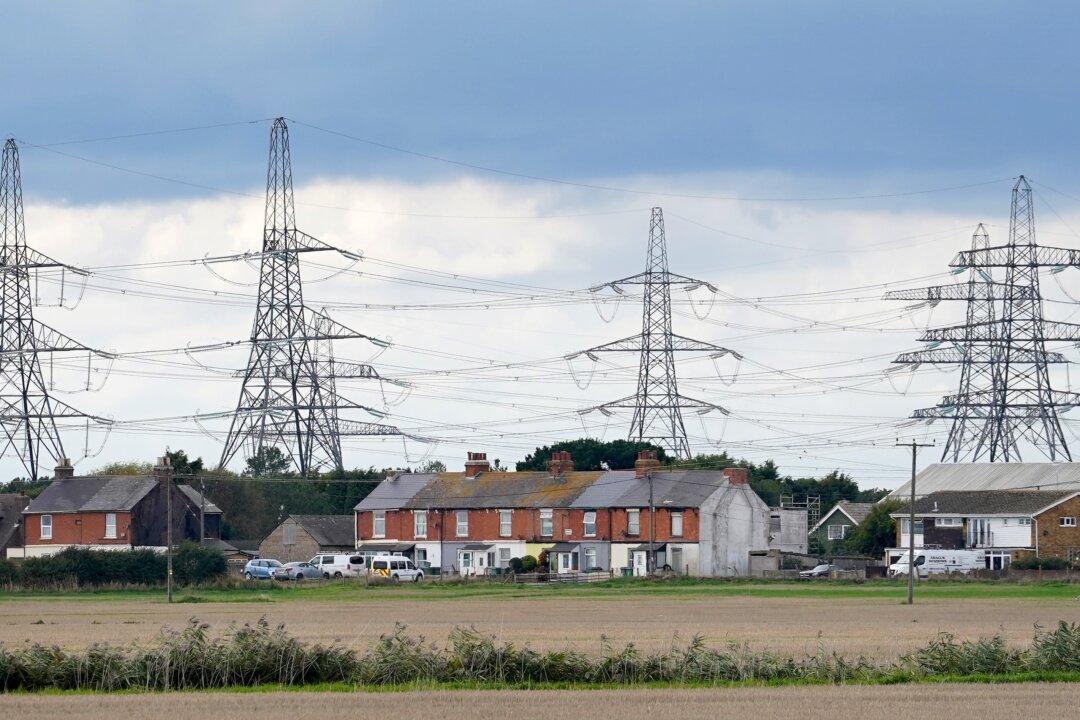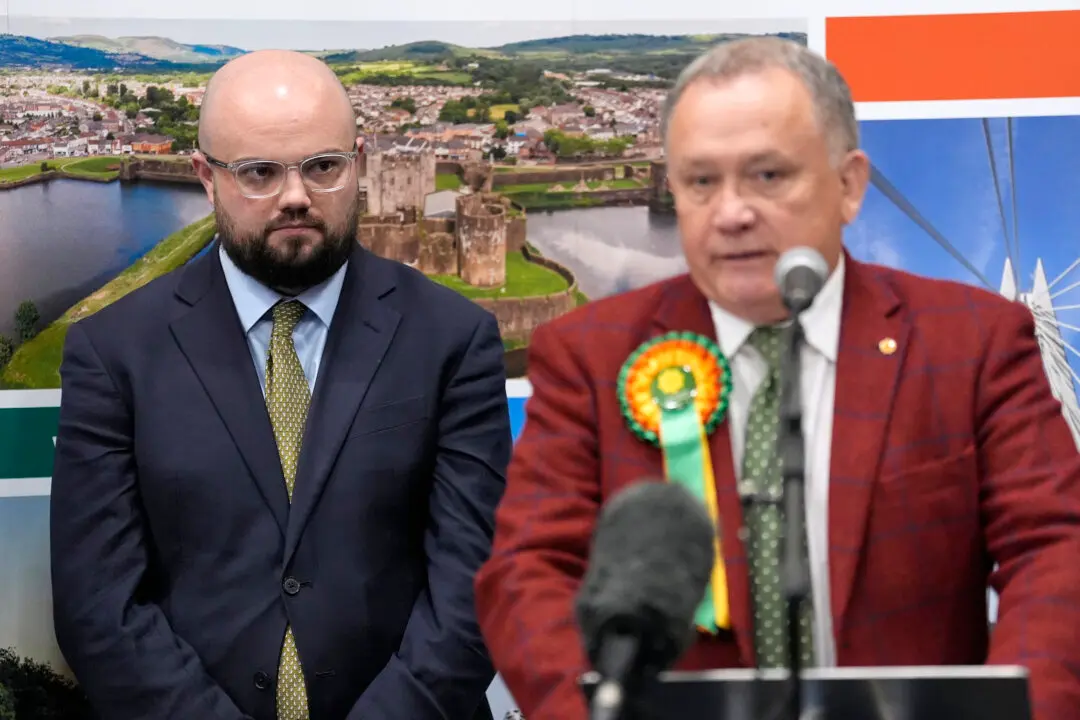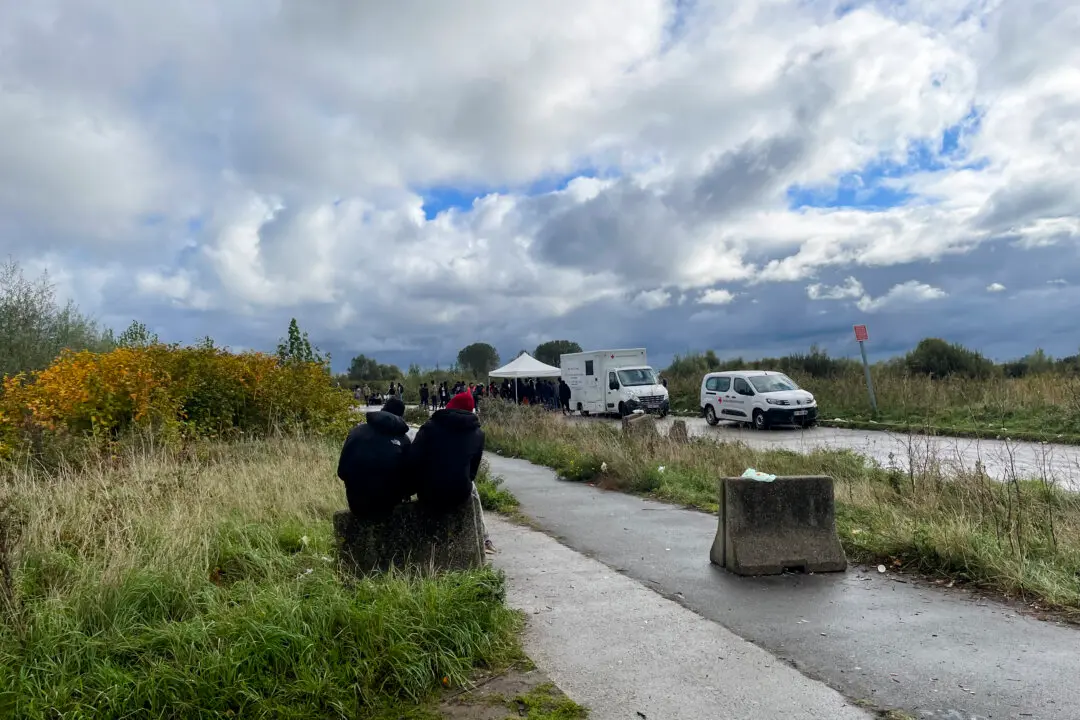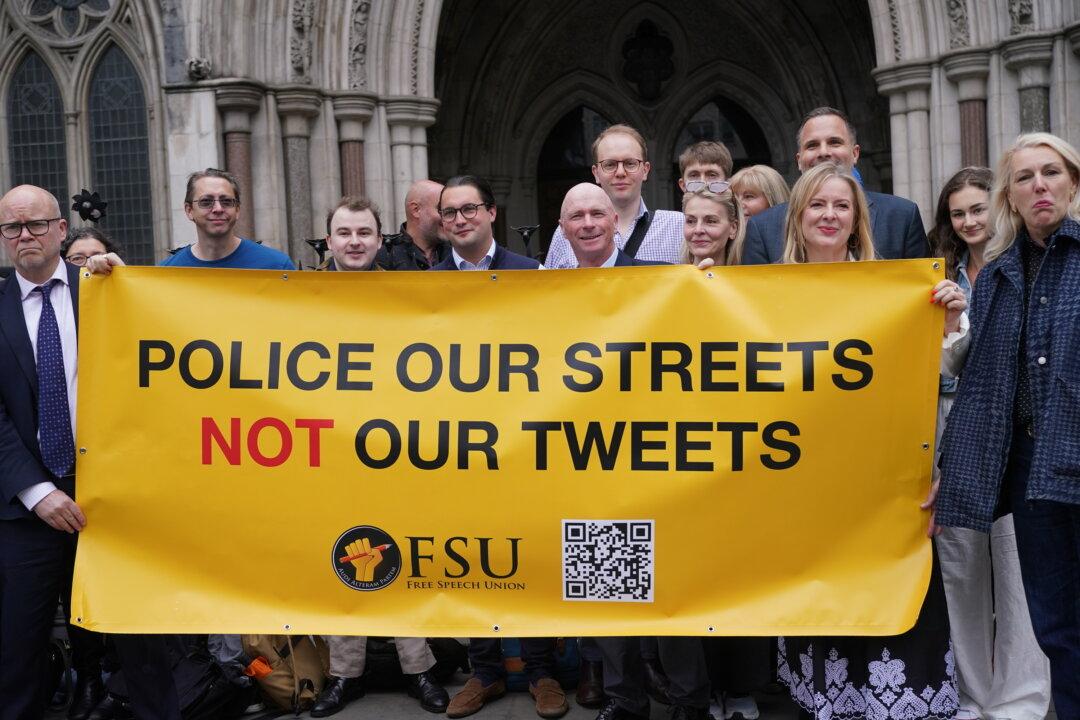The government can’t decarbonise the UK power sector by 2035 because it doesn’t have a delivery plan, according to a report from the Public Accounts Committee (PAC).
A report from PAC published on Wednesday cast doubt on the government’s net zero plans to decarbonise the power sector by 2035, saying that it lacks “an overarching delivery plan” and has much to do “so that the lights stay on.”





